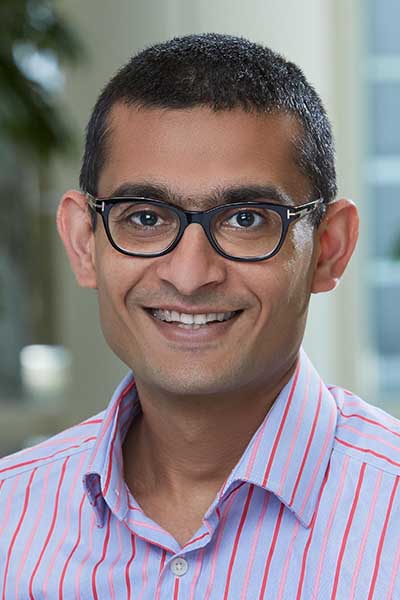
Getting to Know Dr. Jay Shavadia
Could you provide a short description of your background?
I did my basic medical and internal medicine training in Nairobi Kenya, and subsequently adult and interventional cardiology in Edmonton Alberta. Clinical research was always something I wanted to understand better, and integrate this knowledge into my day-day clinical practice. An opportunity to train at the Duke Clinical Research Institute could not have come at a better timing, just as I was completing my interventional fellowship and spent two years in Durham, NC with an amazing network of mentors. I have now been in Saskatoon for 2 years and practice as a general and interventional cardiologist
What is your area of research?
Most of my research work is focused around population outcomes within registries of patients across the spectrum of acute coronary syndromes. During my time at DCRI, I was fortunate to have access to various registries across the NCDR umbrella, including the ACTION-Get With the Guidelines and Cath PCI Registries with available data on patient demographics, processes of care and outcomes of several hundred thousands of patients.
Could you tell us about the “big moments of research” for you?
I had been particularly interested in better understanding the heterogeneity in both acute and short-term outcomes of patients presenting with ST-segment elevation myocardial infarction. For instance, after we mechanically opened up blocked heart arteries in patients presenting with an acute heart attack, we often observe variability in how the ECG changes resolved. This phenomenon has not been well understood, but clinically important, as the resolution in ECG changes is one of the key determinants of the final size of the heart attack. There had been a well phenotyped STEMI patient population from a STEMI clinical trial, but more importantly in whom serum had additionally been collected at various time points during the trial and biobanked. This proved to be a big moment for us as the stored serum not only provided an excellent opportunity to understand differences between how various proteins/pathways relate to each other, but additionally how these pathophysiologic pathways cluster to associate with the final infarct size in STEMI. We have extended this collaborative relationship in the analysis of several other clinical questions and hope to leverage this relationship for ongoing work locally in Saskatoon.
Do you have any messages for early-career clinicians on how to get involved in research? Or any messages for junior researchers?
I am an early career clinician myself, and therefore have somewhat of a limited research experience. Some key personal reflections in my journey this far have been that good clinical questions are key, and that we should always be questioning the status quo… questioning why we do what we do in our day-day clinical practice.
What are your future aspirations for research?
Patients with acute coronary syndromes continue to have residual cardiovascular risk; additionally, care gaps exist with high risk subgroups. We hope to extend our collective personal learnings into building collaborative provincial networks aimed at not only improving the care of patients with acute coronary syndromes in Saskatchewan, but additionally across the spectra of cardiovascular diagnosis that we commonly treat.
Dr. Jay Shavadia
Assistant Professor, Cardiology
